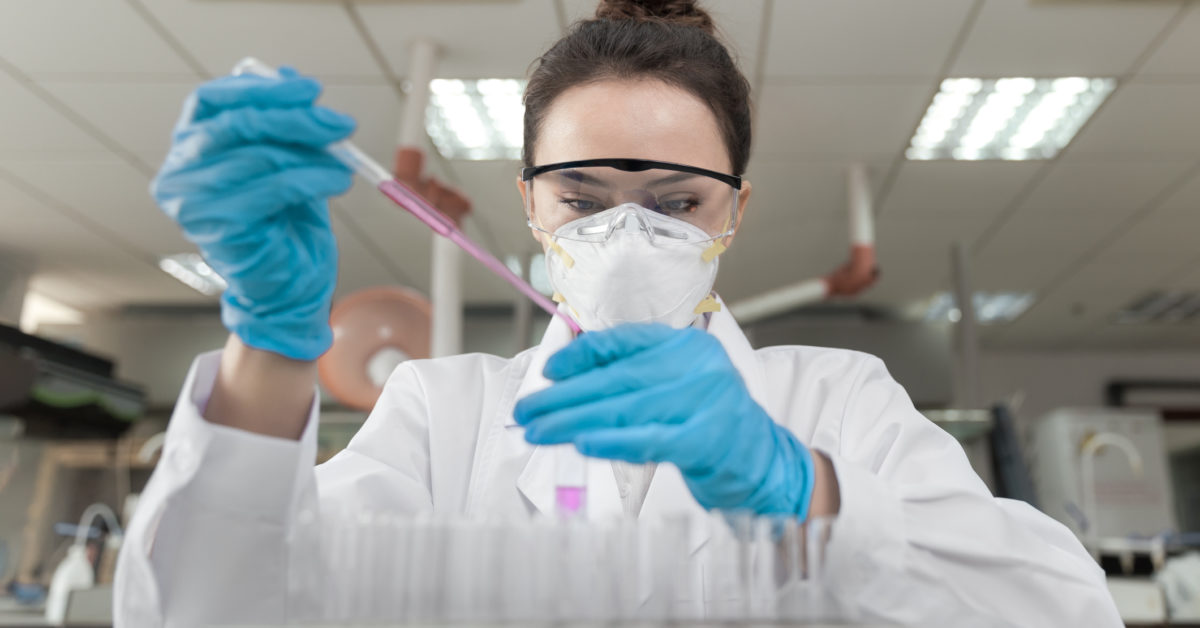Researchers show that antibodies that can neutralize the virus that causes SARS can reduce how well the new coronavirus infects cells in laboratory studies. They also use an approved drug to reduce virus entry into cells.
For live updates on the latest developments regarding the novel coronavirus and COVID-19, click here.
With global cases of COVID-19 surpassing 100,000, researchers are looking for ways to prevent new viral infections.
The new coronavirus, called SARS-CoV-2, has strong similarities to other viruses in the coronavirus family, particularly those that cause SARS and MERS.
Two new papers appeared recently in the journal Cell, investigating how SARS-CoV-2 infects cells.
So, how exactly does the virus gain entry to cells, and why is it important to know this?
Understanding the target molecules that facilitate viral entry into cells is paramount to identifying how to stop this process from happening.
Both papers report that SARS-CoV-2 makes use of the same mechanism for viral entry that the SARS virus (SARS-CoV) uses.
More importantly, both research teams looked at ways of disrupting this process, using an enzyme inhibitor and antibodies against the SARS virus.
The new coronavirus, SARS-CoV-2, is a type of virus called an enveloped RNA virus.
This means that its genetic material is encoded in single-stranded RNA molecules surrounded by a cell membrane taken from the cell that it last infected.
When enveloped viruses infect a cell, they do this using a two-stage process.
The first step involves making a connection with a receptor on the surface of the target cell. The second is fusion with a cell membrane, either on the surface of the cell or at an internal location.
In the case of coronaviruses, the first step requires that specific proteins in the viral envelope, called spike (S) proteins, undergo a biochemical modification. This step is called S protein priming.
The enzymes responsible for S protein priming are potential therapeutic targets as inhibiting their mechanism may prevent a virus from being able to enter a cell.
“Unravelling which cellular factors are used by SARS-CoV-2 for entry might provide insights into vira

